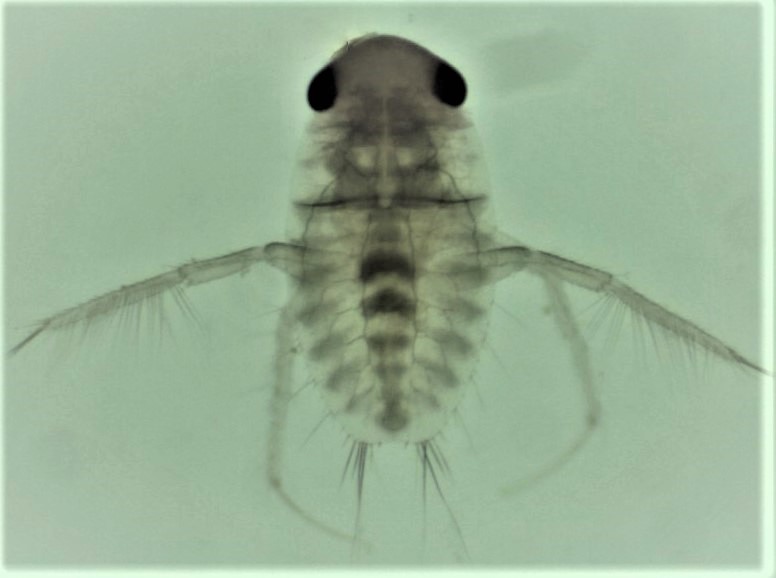FIRST RECORD OF EPIBIONT Sigara sp. (Corixidae) IN CRAYFISH Procambarus (Austrocambarus) llamasi FROM SOUTHEASTERN MEXICO
Raúl Enrique Hernández Gómez, Ignacio Valenzuela-Córdova, Manuel Pérez de la Cruz, Edgar Fernando Mendoza-Franco, Martha Alicia Perera -García
Abstract
Background. In Mexico, the biology of Procambarus has been more studied than other cambarid species due to its diversity and potential use in aquaculture. Fecundity, egg development, and growth under laboratory conditions have been evaluated of the Procambarus (Austrocambarus) llamasi. The effect of density and sex ratio on the development and spawning of gonads and growth of juveniles fed different commercial agricultural and aquaculture feeds has also been studied. There are no records of epibionts infesting this crayfish. The primary objective of this study is to determine the infestation and epibiont identification rates of the Corixidae family and the damage caused to the crayfish. Methodology. To determine infestation indexes were calculated: the mean intensity (IM) is the average parasite species in infected organisms (MI = n. Total parasites / n. Infected hosts); abundance (AB) is the average number of parasites per host examined (AB = total number of parasites / n. hosts examined), and prevalence (P) indicates the percentage of organisms parasitized by a species of parasites (P = n .infested hosts / n. hosts examined x 100). Results. Of the shrimp analyzed, 76 were infested with 2655 aquatic insect eggs corresponding to 34.93 intensity; 18.18 abundance, and 52.05% prevalence. As far as crayfish sex, infestation occurred in 39% (n=30) of females and 61% (n=46) of males. The aquatic insect in this study belongs to the genus Sigara sp., being the only species registered in the crayfish. Implications. When the parasite egg settles near the crab eye region, it is likely to cause visual problems or partial blindness; on the other hand, it could cause a deterioration in the health of the populations of these crabs. Conclusion. The eggs located on the cuticular surface of the cephalothorax of Procambarus (Austrocambarus) llamasi correspond to insect the genus Sigara sp. Half of the studied population of the crayfish is infested by this epibiont. According to the results obtained it was determined that the eggs on the shrimp’s cuticular surface cause cuticle damage due to cementation on its shell. Eggs can also cause esthetic damage affecting marketing for human consumption and make shrimp overweight due to the egg mass.
Keywords
bug; crayfish; indexes; parasite
URN:
http://www.revista.ccba.uady.mx/urn:ISSN:1870-0462-tsaes.v24i1.34511
DOI:
http://dx.doi.org/10.56369/tsaes.3451
Copyright (c) 2021 RAUL Enrique Hernandez Gomez

This work is licensed under a
Creative Commons Attribution 4.0 International License.


